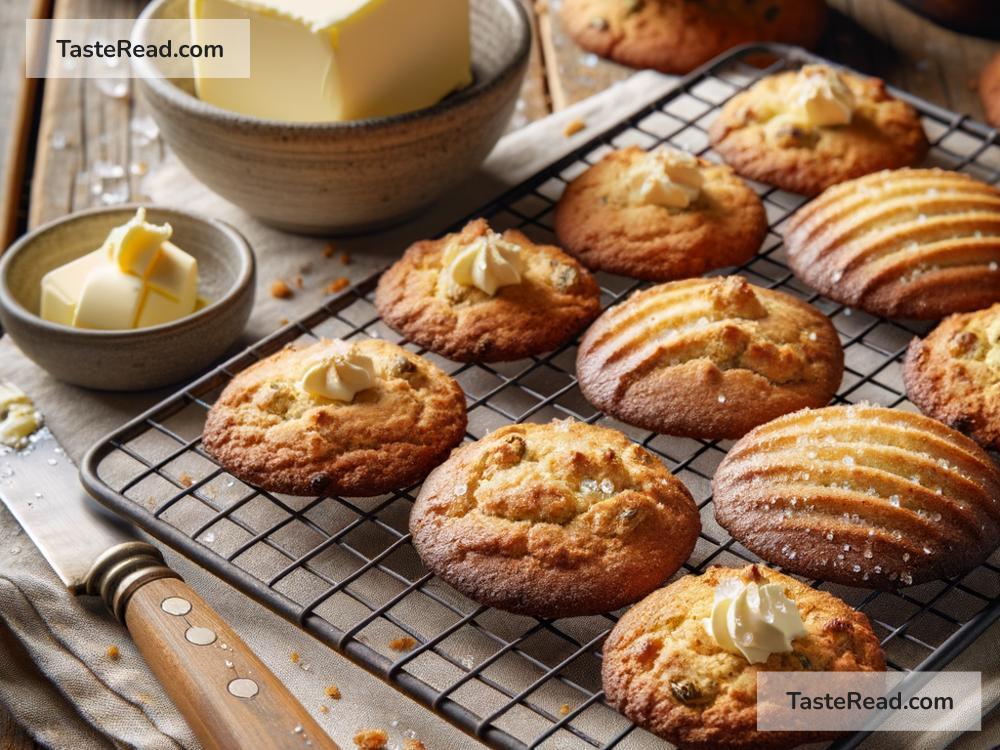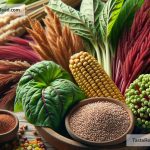Cooking with Grass-Fed Butter for Eco-Friendly Baking
In today’s world, where being eco-conscious is more important than ever, every little decision in our daily lives contributes to a larger impact on our planet. Even something as simple as the choice of butter we use in our baking can make a difference. Switching to grass-fed butter for your baking needs is not only a healthier choice for you but also a friendly nod to our environment. Let’s dive into why cooking with grass-fed butter is the way to go for eco-friendly baking.
What is Grass-Fed Butter?
First things first, let’s clarify what grass-fed butter is. Unlike traditional butters that come from cows fed a diet of grains and other supplements, grass-fed butter is made from the milk of cows that graze on grass. This seemingly small change in diet for the cows makes a significant difference in the quality of the butter produced.
Health Benefits
Grass-fed butter is richer in essential nutrients compared to regular butter. It’s a great source of vitamins A, E, and K2, as well as omega-3 fatty acids, which are known for their heart-health benefits. But the perks don’t stop there; it also contains higher levels of conjugated linoleic acid (CLA), which has been associated with fat loss and improved body composition. So, by choosing grass-fed butter, you’re not only opting for an eco-friendlier option but also giving your baked goods a nutritional boost.
Environmental Impact
Now, let’s talk about the environmental aspect. The production process of grass-fed butter is considerably more sustainable than that of regular butter. Cows that are grass-fed often graze in open pastures, which is a practice that can lead to healthier soils and less erosion. This method of farming helps maintain biodiversity, supports the health of local ecosystems, and reduces the ecological footprint associated with dairy farming.
Moreover, grazing cows play a part in carbon sequestration – the process of capturing and storing atmospheric carbon dioxide. They help stimulate grass growth, which, in turn, absorbs more CO2 from the atmosphere. So, by supporting grass-fed butter, you are indirectly contributing to efforts against climate change.
Taste and Quality
But let’s not forget about the taste! Many people find that grass-fed butter has a richer, more complex flavor profile compared to its conventional counterpart. This can be attributed to the diverse diet of the cows, which includes a variety of grasses and herbs. This enhanced taste can elevate your baking, adding a subtle but distinct difference that could make your recipes stand out.
How to Incorporate Grass-Fed Butter into Your Baking
Transitioning to grass-fed butter in your baking is straightforward. It can be used just like regular butter in most recipes, whether you’re making pie crusts, cookies, cakes, or bread. The key difference you might notice is in the texture and flavor, which, as mentioned, is often richer and more nuanced.
When shopping for grass-fed butter, look for labels that explicitly mention “grass-fed.” Some brands may also be certified organic or carry specific eco-certifications—these are usually good indicators of a high-quality, sustainable product.
It’s worth noting that grass-fed butter might come with a higher price tag compared to regular butter. However, considering its health benefits, superior taste, and environmental advantages, it’s an investment worth making for those who are able to.
In Conclusion
Switching to grass-fed butter for your baking needs is a small yet impactful step towards a more sustainable lifestyle. Not only does it offer numerous health benefits and elevate the taste of your baked goods, but it also supports eco-friendly farming practices that help combat climate change and protect our planet.
So next time you’re prepping for a baking session, consider reaching for that stick of grass-fed butter. Happy baking, and here’s to making more eco-conscious choices in our kitchens!


